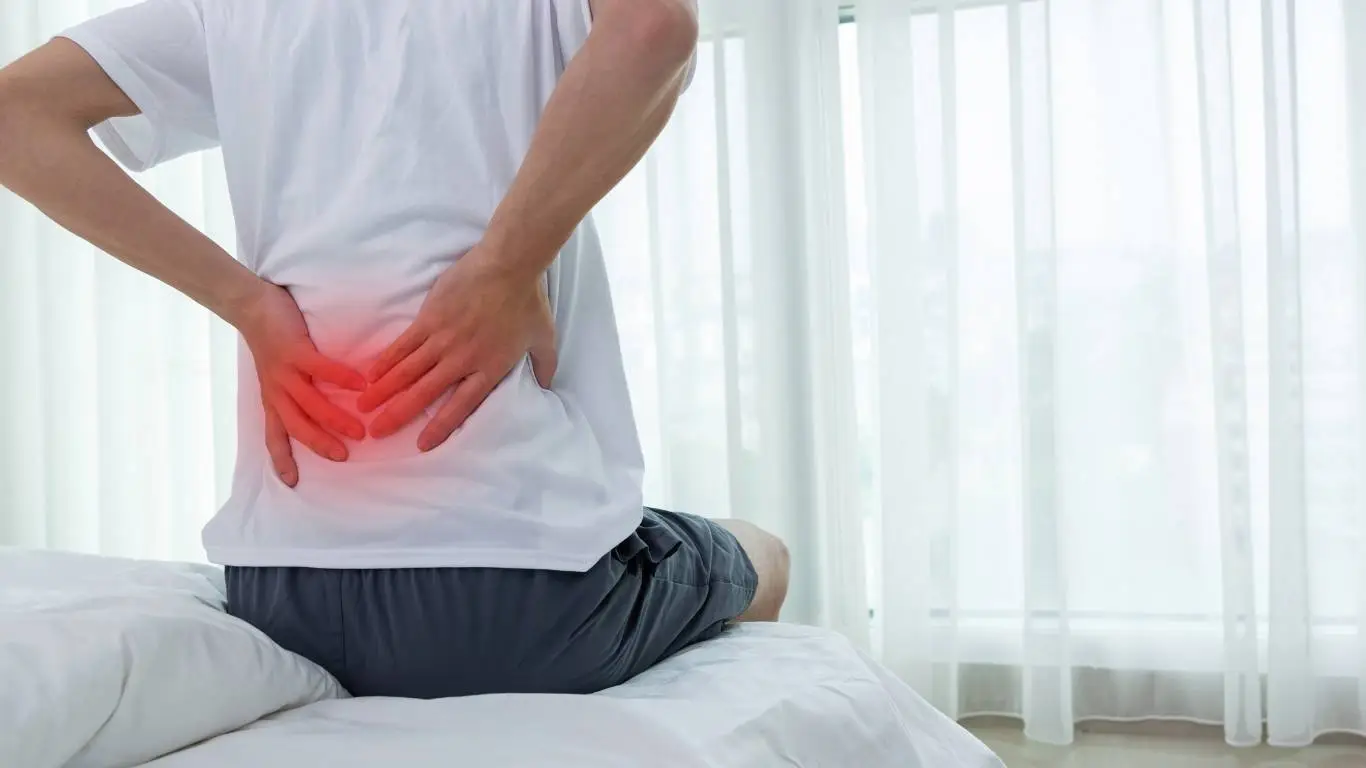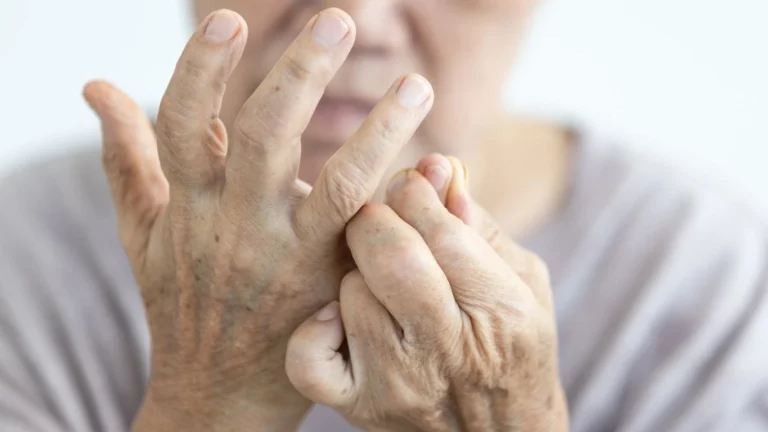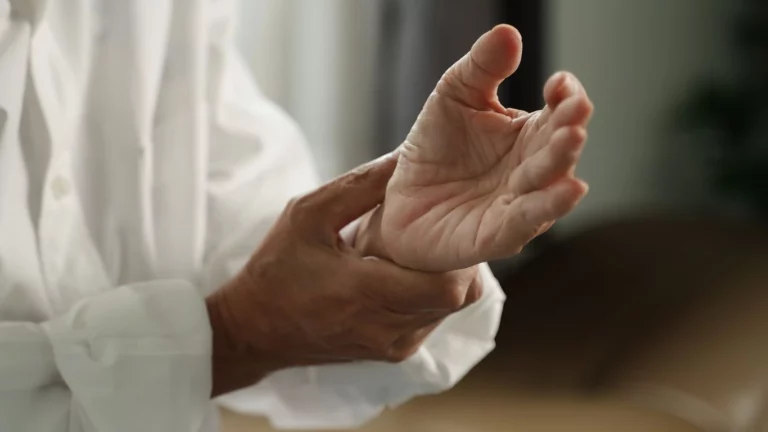How Thyroid Disorders May Quietly Trigger Back Pain Issues
If someone told me years ago that my constant backaches might be connected to my thyroid, I would’ve laughed it off. I thought I was just aging badly, slouching too much, or lifting stuff wrong. But turns out, there’s more to that nagging pain than I ever imagined. If you’ve been struggling with persistent back discomfort and haven’t looked into your thyroid, this might be the missing piece of the puzzle.
How Thyroid Disorders Could Be Linked to Back Pain

The thyroid gland is a small, butterfly-shaped gland in your neck that plays a massive role in how your body functions. It regulates metabolism, energy levels, and even muscle performance. When the thyroid’s out of whack—either underactive (hypothyroidism) or overactive (hyperthyroidism)—it can affect your musculoskeletal system in some strange ways.
I first learned this the hard way. My bloodwork flagged low thyroid hormone levels. I was tired, foggy-headed, and, weirdly, my back started giving me more trouble than usual. What I thought was a posture or mattress issue turned out to be something deeper.
Why Hypothyroidism Might Be a Culprit
Low thyroid hormone can slow everything down—literally. Muscles weaken, joints stiffen, and inflammation creeps in. This sluggishness can contribute to:
- Muscle cramps and tightness in the lower back
- Joint stiffness, especially first thing in the morning
- Poor posture from fatigue and muscle imbalances
According to research from NIH, hypothyroidism is associated with myopathy—muscle pain and weakness—which can directly influence spinal support. Weak core and back muscles mean more strain on your spine over time.
Hyperthyroidism and Its Unexpected Effects
Too much thyroid hormone isn’t any better. When I met someone going through hyperthyroidism, they described tremors, anxiety, and oddly enough—upper back pain. The overactivity causes muscles to break down too quickly, sometimes leading to weakness and soreness in the back and shoulders.
Plus, the constant “revved up” state from hyperthyroidism can mess with sleep and posture. Tossing and turning at night? Clenching muscles all day? Yep, that’ll do it.
Muscle and Joint Pain: Common Yet Overlooked Symptoms

It’s surprisingly common for people with thyroid disorders to experience diffuse pain that mimics fibromyalgia or arthritis. For instance, fibromyalgia-like back pain often overlaps with thyroid dysfunction.
If you’ve got unexplained pain between your shoulder blades or stiff lumbar muscles even after stretching, it might be more than a mechanical issue. I used to do yoga every morning, but nothing truly helped until I addressed my thyroid levels.
The Role of Inflammation
Chronic inflammation from autoimmune thyroid conditions like Hashimoto’s can trigger systemic issues. Your body starts attacking its own tissues—including muscles and joints—leading to that deep, aching back pain that just won’t go away.
PubMed studies confirm that inflammation markers are elevated in many thyroid patients, which could be the root cause of pain for some.
Postural Changes and Spine Stress

What I didn’t realize for the longest time was how subtle posture shifts caused by thyroid-related fatigue impacted my spine. I’d slump, lean on one side, or sit for hours just trying to “rest.” But all I was doing was putting uneven stress on my back.
Thyroid fatigue isn’t like regular tiredness—it’s bone-deep. It’s the kind that makes getting off the couch feel like a chore. This leads to:
- Long hours of sitting or lying down
- Neglected core muscle engagement
- Improper body mechanics while lifting, walking, or even standing
All of this can intensify lower back pain and cause muscular imbalances. Check out this muscle imbalance explanation to see how this plays out.
Spinal Conditions That May Be Aggravated

Thyroid issues can sometimes be the hidden factor behind conditions like herniated discs or degenerative disc disease. When your spinal support system weakens, discs are more vulnerable to wear and tear.
One friend of mine started noticing shooting pains down her leg. She thought it was sciatica. It was, but the root issue was an underactive thyroid making her spine more vulnerable to pressure and inflammation.
Bone Health Connection
Long-term thyroid dysfunction, especially hyperthyroidism, may also reduce bone density. According to Endocrine Society, elevated thyroid hormone levels accelerate bone turnover. That means spinal vertebrae and supporting structures are more prone to compression fractures and chronic pain.
When to Consider Thyroid Testing for Back Pain

If you’ve tried the stretches, adjusted your chair, even splurged on the fancy mattress, and nothing’s helping—it might be time to check your thyroid. Especially if your back pain comes with:
- Unexplained fatigue or sluggishness
- Hair thinning, dry skin, or cold intolerance
- Mood swings or unusual weight changes
- Muscle aches or joint stiffness
Sometimes, all it takes is a simple blood test to identify the root of what’s been dragging you down. If thyroid dysfunction is involved, addressing it might not only improve your energy—but significantly ease your back pain.
To explore related causes and solutions, visit the Back Pain Symptoms and Diagnosis Pillar and the main guide on Back Pain Overview.
Effective Ways to Manage Back Pain Related to Thyroid Issues

Once I realized my thyroid was playing a bigger role in my back pain than I thought, I knew I had to change my approach. Painkillers and heating pads were just Band-Aids. The real fix came from treating the root cause—my thyroid—and supporting my body through better habits, movement, and mindful care.
Get Thyroid Treatment Right First
If you’re not on a proper thyroid medication regimen, nothing else will work long-term. Whether it’s levothyroxine for hypothyroidism or managing hyperthyroidism through antithyroid drugs or radioiodine, stabilizing your hormones can reduce inflammation, fatigue, and the cascade of muscle issues that lead to back pain.
Work closely with an endocrinologist and monitor levels like TSH, T3, and T4. In my case, fine-tuning dosage made a huge difference in my energy—and my back felt less stiff within weeks.
Targeted Exercises and Stretching

I used to avoid workouts when my back hurt, but turns out, gentle stretching and low-impact movement was exactly what I needed.
Here’s what helped me:
- Yoga for thyroid and back support – especially poses that open the chest, shoulders, and hips. Try these effective yoga poses.
- Pilates – builds core strength that helps stabilize the spine. You can start simple; no need to be a gymnast.
- Walking – even 15 minutes a day boosts circulation and reduces stiffness.
Movement really is medicine—when done correctly.
Anti-Inflammatory Diet and Supplement Support

When inflammation’s the issue, diet plays a crucial role. I started making small changes—cutting processed foods, ditching excess sugar, and including more anti-inflammatory options. Slowly, the difference became noticeable—not just in my back, but my focus, energy, and mood.
Things that helped me:
- Anti-inflammatory meals with leafy greens, berries, salmon, and turmeric
- Omega-3 supplements for joint and nerve support
- Vitamin D—I was low and didn’t know it
- Curcumin or turmeric supplements for inflammation control
Even my doctor pointed out that diet alone can’t fix a thyroid problem—but it certainly supports better recovery.
Posture and Ergonomic Support

One thing I overlooked was my home office setup. Thyroid-related fatigue made me slouch more, so I invested in things that made a world of difference:
- An ergonomic chair that supported my lower back
- Standing desk converter to avoid sitting all day
- Lumbar cushion for extra support during long drives
I also learned to get up and stretch every 45 minutes. Little things, big results.
Mind-Body Approaches That Actually Work

Living with a thyroid disorder can feel overwhelming. The anxiety, the fatigue, the constant guessing game. This mental load can actually worsen physical pain. I found that incorporating mindfulness and stress-reduction helped not just my brain—but my back.
These helped me stay sane and in less pain:
- Mindfulness meditation for pain and emotional regulation
- CBT techniques to break the cycle of pain and worry
- Breathing techniques to calm the nervous system
There’s plenty of scientific support behind this too. The National Institutes of Health confirms stress and chronic pain are tightly linked. When you lower one, the other often follows.
When Professional Help Is Necessary

If you’ve tried all the self-care options and your back pain still limits your life, it may be time for a deeper assessment. Thyroid-related musculoskeletal pain can mimic other spinal conditions.
Ask your doctor about:
- MRI or imaging to rule out structural issues
- Bloodwork to check thyroid levels and inflammation markers
- Referral to a rheumatologist or endocrinologist
Some people benefit from therapies like osteopathic manipulation, or even targeted nerve treatments if the pain is nerve-root related.
Live Better with the Right Knowledge

I started keeping a journal—food, mood, pain levels, sleep. Over time, I noticed patterns. Certain foods made my back flare up. Stress always made it worse. My posture was terrible when I was tired. These small insights helped me personalize my plan.
Understanding your body is key. Educating yourself is part of the healing. If thyroid issues are silently worsening your back pain, you don’t have to just “deal with it.” There are options, and they start with awareness.
To take the next step in your journey, explore Lifestyle & Natural Remedies for Back Pain and the core insights at Back Pain Main Pillar on Healthusias.com.

Camellia Wulansari is a dedicated Medical Assistant at a local clinic and a passionate health writer at Healthusias.com. With years of hands-on experience in patient care and a deep interest in preventive medicine, she bridges the gap between clinical knowledge and accessible health information. Camellia specializes in writing about digestive health, chronic conditions like GERD and hypertension, respiratory issues, and autoimmune diseases, aiming to empower readers with practical, easy-to-understand insights. When she’s not assisting patients or writing, you’ll find her enjoying quiet mornings with coffee and a medical journal in hand—or jamming to her favorite metal band, Lamb of God.






